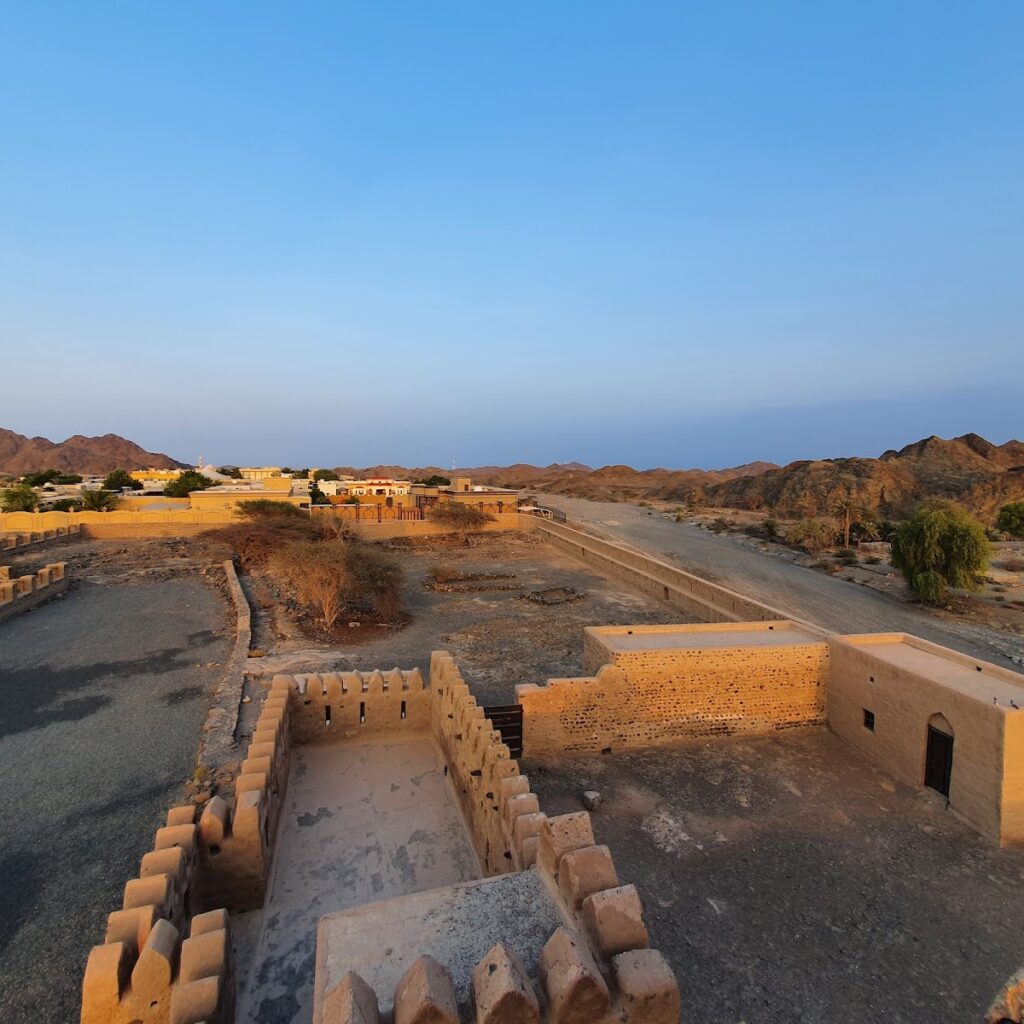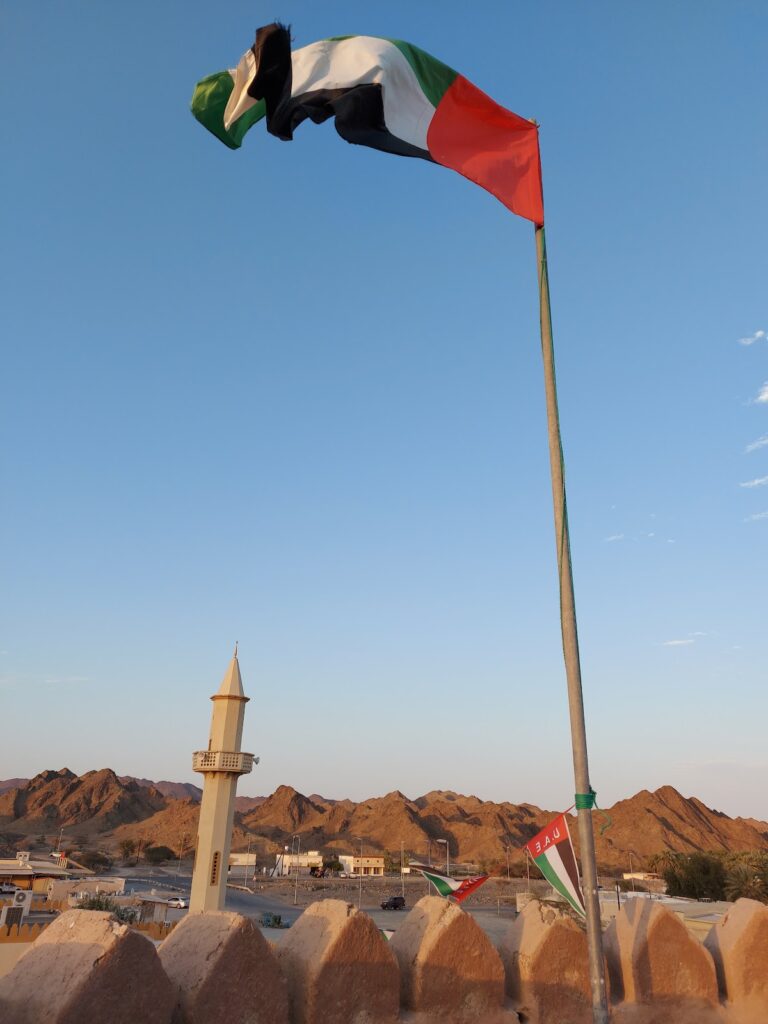Awhala Fort: A Historic Defensive Site in Fujairah, UAE
Visitor Information
Google Rating: 4.6
Popularity: Low
Google Maps: View on Google Maps
Country: United Arab Emirates
Civilization: Unclassified
Remains: Military
History
Awhala Fort is situated in the village of Awhala within the municipality of Fujairah, United Arab Emirates. The current structure is a late Islamic construction, believed to be about 250 years old, reflecting the architectural style and defensive needs of its time.
The site’s history, however, extends far beyond its Islamic-era role. Archaeological evidence reveals that the fort was built atop a much older fortified complex dating back to the Iron Age, spanning roughly the first millennium BCE. This earlier fortification shows continuous or nearly continuous occupation from the Wadi Suq period (around 1500 to 1300 BCE) through the Iron Age II (1000 to 600 BCE). These successive phases highlight the location’s longstanding strategic significance, likely due to its position near the borderlands and access routes through Wadi Helo (meaning “sweet valley”) or Wadi al-Hulw.
Throughout these ancient periods, the site functioned as a substantial defensive settlement controlling movement and providing protection. The remarkable size and extensive fortifications of the Iron Age predecessor rank it among the largest known prehistoric fortified sites in southeastern Arabia. While later Islamic builders raised the present fort, they incorporated remains from earlier structures, preserving the site’s role as a military and possibly administrative center across millennia.
Remains
Awhala Fort presents a blend of architectural features that reflect its layered history. The most prominent element is a circular tower rising 11 meters high with a diameter of 9 meters, which overlooks a small rectangular courtyard enclosed by tall walls. This tower, constructed during the Islamic period about 250 years ago, serves as a focal defensive point.
The fort’s ground floor includes a courtyard surrounded by high walls roughly two meters thick, made primarily of basalt stone, matching the original local materials used for construction. Access to the courtyard is through a main entrance that leads to a series of interior spaces, including a single room and two majlis—traditional council chambers designated for male and female gatherings respectively. Staircases within the fort provide access to different levels, emphasizing the structure’s defensive and social organization.
Excavations uncovered remains of mudbrick and stone walls from earlier epochs incorporated within the fort’s fabric. These older sections come from the Wadi Suq and Iron Age periods, illustrating how the builders reused existing materials. Archaeologists also found ceramic jars and pottery shards nearby, further confirming the site’s prolonged human occupation and continuous adaptation across centuries.
The 2003 restoration aimed to preserve the fort’s authenticity, using basalt stones similar to those originally employed. Today, the fort stands as a well-preserved example of traditional defensive architecture, embodying layers of human history through its structural evolutions and archaeological remains.






